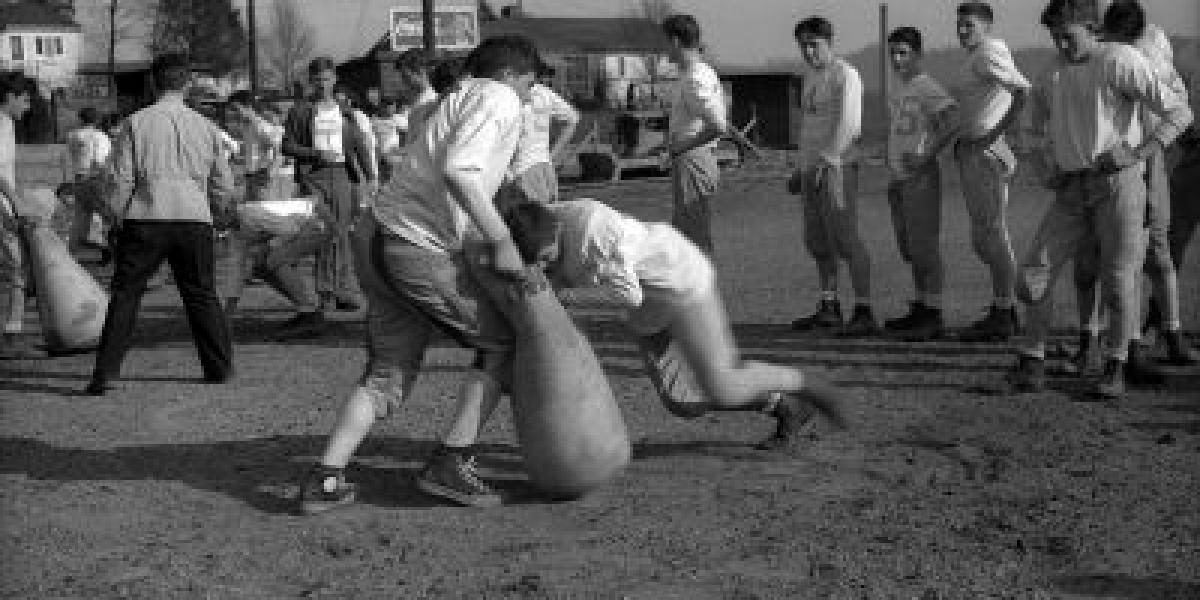The real game changer – the training secrets of champions! Explore the history of football conditioning and discover how to transform your own fitness routine.
The roar of the crowd, the electrifying energy, the athletic feats performed on the gridiron – these are the elements that capture the essence of football. But behind the highlight reels lies a crucial foundation: conditioning. This series delves into the fascinating evolution of football conditioning, exploring how drills, training equipment, and overall philosophies have transformed the way players prepare for battle on the field.
The Early Days – Building Grit and Guts
In the early days of football, conditioning mirrored the ruggedness of the game itself. Early training emphasized building raw strength and endurance through bodyweight exercises, calisthenics, and grueling sprints. Players honed their agility by dodging trees or running alongside moving vehicles. These methods were simple yet demanding, instilling the grit and determination that defined the pioneers of the sport.
Innovation and Scientific Insights
As football gained popularity and the game became more complex, so too did conditioning practices. The introduction of weightlifting equipment in the early 1900s allowed players to build targeted muscle strength and explosiveness. Scientific advancements provided insights into the importance of nutrition and recovery, leading to the development of more structured training regimens. Training camps became more intensive, incorporating drills that mimicked the demands of game situations.
The Rise of Sports Science and Specialization
The latter half of the 20th century witnessed the true explosion of sports science in football conditioning. Advanced physiological testing methods allowed coaches to tailor training programs to individual player needs and weaknesses. Plyometric exercises became commonplace, enhancing jumping ability and power. Technology entered the game with the introduction of weight-training machines, cardiovascular equipment, and performance-tracking software. Position-specific drills became more sophisticated, replicating the specific movements and techniques necessary for success on the field.
The Future of Football Conditioning: Technology and Personalization
The evolution of football conditioning continues to unfold. Today, wearable technology provides real-time data on player movement, allowing for precise training adjustments and injury prevention. Virtual reality training simulations are offering immersive experiences that enhance reaction times and decision-making abilities. Personalized training programs, customized for each player's genetic makeup and playing style, are becoming increasingly prevalent.
This historical journey through football conditioning reveals a fascinating interplay between tradition and innovation. While the core principles of building strength, endurance, and agility remain constant, the methods and tools employed have undergone a remarkable transformation. As technology continues to advance, the future of football conditioning promises even more exciting possibilities, pushing the boundaries of athletic performance and revolutionizing the way players prepare for the ultimate test on the gridiron.



